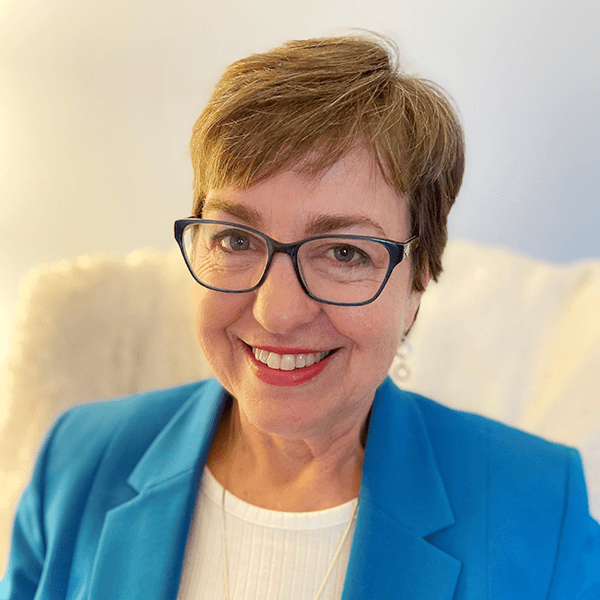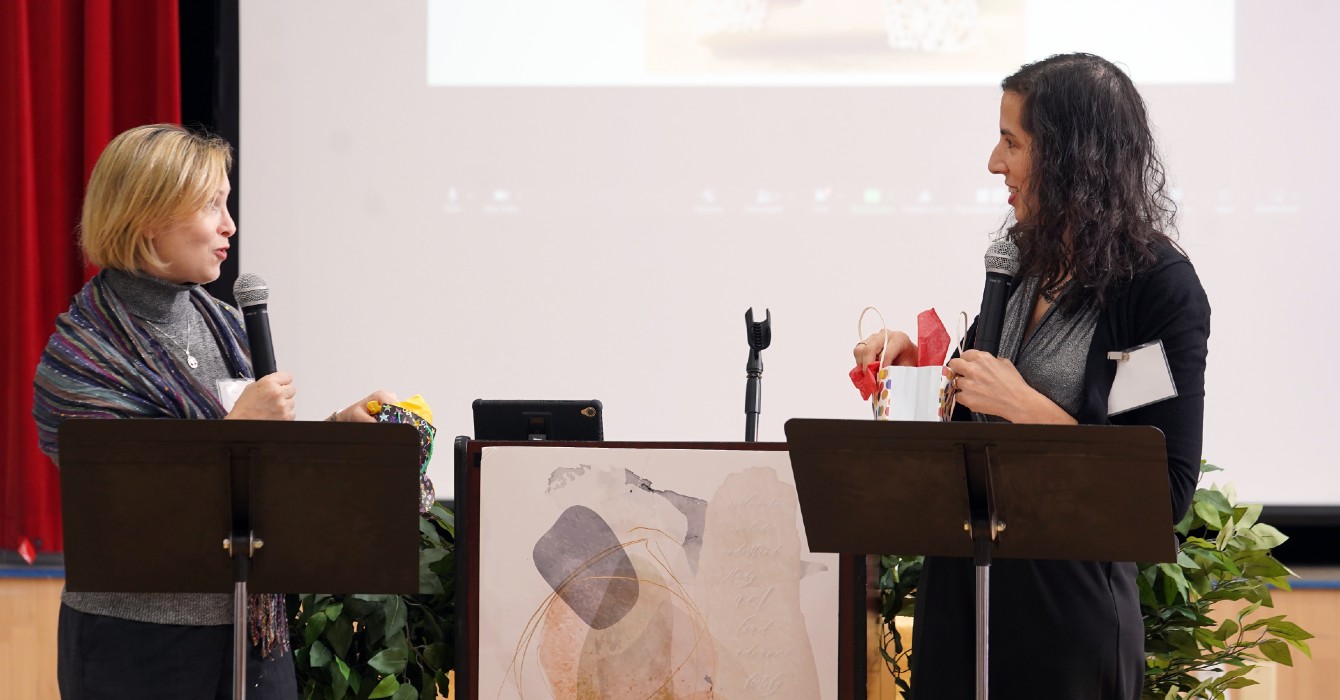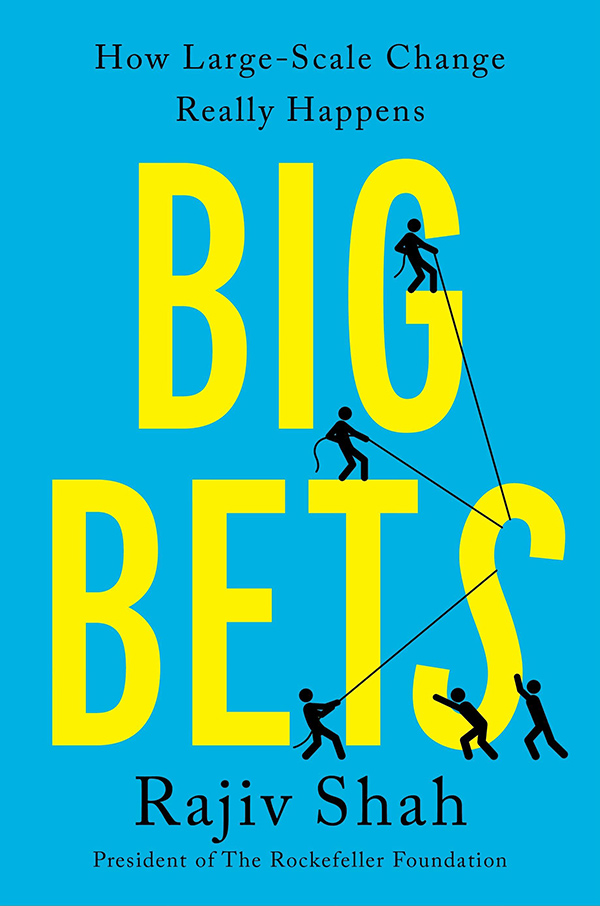I was introduced recently to a compelling symbol from the Akan people of Ghana: a bird swiveling its head to lift an egg off its own back. In Ghana, the bird represents the act of gleaning from the past what is good and bringing it into the present, in order to improve on the present and make progress towards the future.
This concept, and the bird that represents it, is called Sankofa. Sankofa means “to reach back and get it” and is associated with the proverb, “It is not wrong to go back for that which you have forgotten.” Sankofa teaches us that we must sometimes go back to our roots in order to go forward. Some of what we find in our past can be revived, some of it can be upcycled, and some of it can be left behind.
I heard about this strange and wonderful image in the May session of Foundations of Christian Leadership, when participant Stephanie Croom, associate director of formation for ministry at Western Theological Seminary, described a Sankofa trip taken by M.Div. students in 2012.
The 10-day journey paired students of different races or ethnicities who then took a bus to Alabama and Georgia and immersed themselves in civil rights history. What could they learn from the difficult but crucial events of the past, which would prepare them to be leaders of a more just future?
Croom brought up this concept of Sankofa during our Foundations discussion of traditioned innovation. Traditioned innovation is a biblical way of leading that integrates the transformative work of Christ into our ongoing identity as the people of God rooted in biblical Israel’s calling. Like Sankofa, it is a way of reaching back into the past to identify what matters most, in order to bring it with us into the future.
We teach this concept each year at Foundations. But although we don’t deviate much in the ways we teach it, each new cohort teaches me, the director, new dimensions of the concept as participants receive it into their own contexts.
The concept becomes generative to me in how it is embodied by the group. In addition, each new cohort becomes part of a greater membership of young leaders who are reaching back in order to move forward.
For example, some participants are associate pastors of multi-staff congregations. They share the ways in which they struggle to bring change to a church, while respecting the history of earlier traditions and leaders. How do they honor elder members in the church or the habits of pastors who led for 25 years, while enacting change that will help a congregation move into the future? How do they set aside exhausted metaphors and find new ones that are sensitive to a church’s long-standing identity?
Others who lead in Christian institutions discuss the ways in which they are attempting to change the culture of an organization. They notice the value of reaching back to an organization’s roots, in order to find useful seeds that will cultivate new traditions within their organizations.
Still other participants comb the broader culture to find examples of traditioned innovation at work.
During our last Foundations cohort, a lively Facebook discussion of traditioned innovation included talk of Lord Grantham of “Downton Abbey” and his struggles to decide what to change and what to retain in order to save the Abbey, and an exchange about the ways in which new “The Tonight Show” host Jimmy Fallon used materials from earlier shows in his transition into leadership.
In each case, a rich dialogue ensues in which I learn more about traditioned innovation and about how to protect and fertilize the egg on the back of the bird in the Sankofa image. I look forward to being taught by future Foundations cohorts, as together we work out our understandings of leading into God’s future.







